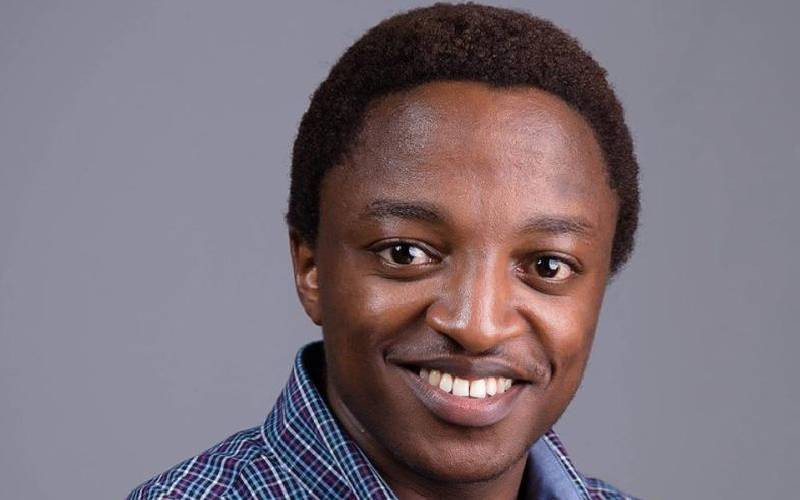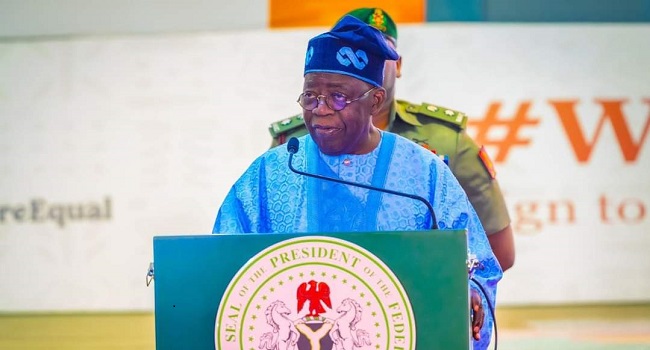Attack on London: Hunting the 7/7 Bombers review - finally, Netflix makes a great, serious documentary - NewsBreak

Netflix is not always known for its restraint in the documentary genre, but with its outstanding recent film Grenfell: Uncovered, and now Attack on London: Hunting the 7/7 Bombers, it appears to be finding a new maturity and seriousness in the field. There have been plenty of recent documentaries on the subject of the attacks and the sprawling investigation that followed – no surprise, given that it is the 20th anniversary this week – but there is still real depth to be found here.
Over four parts, this thorough series unravels the initial attacks on the London transport system, which killed 52 people and injured more than 700, then follows that febrile month into the failed bombings of 21 July, and then the police shooting of the innocent Jean Charles de Menezes, a day later. The first 25 minutes or so simply recount those first attacks, compiling the story using phone pictures, news footage, occasional reconstructions, the infamous photographs of the injured pouring out of tube stations and accounts from survivors and the families of victims. Though it is by now a familiar story, this evokes the fear, confusion and panic of that day in heart-racing detail.
In those details, it is unsparing and frequently horrifying. Daniel Biddle lost his legs in the explosion at Edgware Road. His memory of locking eyes with the man who would shortly detonate the bomb in his bag is chilling, and his account of his fight to survive is as gripping as it is brutal. Others talk about the chaos, the noise, the screaming. One woman, who had managed to jump on the 30 bus near Tavistock Square in all of the transport disarray, recounts getting a text from her boyfriend at the time, saying: “You were right, they were bombs.” She had just put her phone back in her pocket after reading it, she says, when the bus exploded.
Those attacks led to the largest criminal investigation ever seen in the UK, which is the primary focus of all four episodes. These were the first suicide bombings to take place on British soil, and police did not know, immediately, that the bombers had also blown themselves up. The revelation about how they came to suspect this – from evidence gathered in one of the tube carriages – is gruesome and fascinating. Explosives expert Cliff Todd talks of material and techniques he had never seen before, and the work that went into tracking down those responsible – and attempting to prevent further attacks – is astonishing in its scale and reach.
This is not simply a police procedural – and that strengthens it greatly. It is impressively comprehensive, taking in the political and media climate of the time. There are interviews with Eliza Manningham-Buller, then director general of MI5, as well as the former prime minister Tony Blair. It even puts the crucial question to Blair: did the invasion of Iraq in 2003 lead directly to these attacks in Britain? His answer is politician-like and broad, but at least it asks the question, and offers context to attacks that did not happen in a vacuum.
Another survivor, Mustafa Kurtuldu, recalls his experience of being on the tube near Aldgate when his train was blown up. When he was finally removed from the carriage and taken out of the station, police searched his bag. There is footage of an appearance on GMTV, just days later, when the presenter asks him how he feels about the attacks, “as a Muslim”. When the investigation moves to Beeston, in Leeds – where two of the four attackers were from – a youth worker in the Muslim community talks about the realisation that, as after 9/11, he would be asked, once more, to apologise for the actions of extremists.
The third episode deals with the failed attacks on 21 July. There are eyewitness accounts of the explosions that went wrong – chilling and eerie, in their own way – the subsequent hunt for the four men who escaped is, again, astonishing in its scope. The next day, the 27-year-old Brazilian electrician Jean Charles de Menezes was on his way to work when he was described as behaving in an “edgy” manner by police who had mistakenly identified him as a suspect. He was shot dead. One of the officers who pulled the trigger speaks here, his identity disguised.
Again, the strength of Attack on London is in the details. When officers finally caught up with Yassin Omar – who had attempted to blow up Warren Street and had fled to Birmingham disguised in a burqa – he was standing in a bath with a backpack on. Fittingly, though, this does not end with the attackers, but with the survivors and their relatives. It strikes a careful balance throughout.












